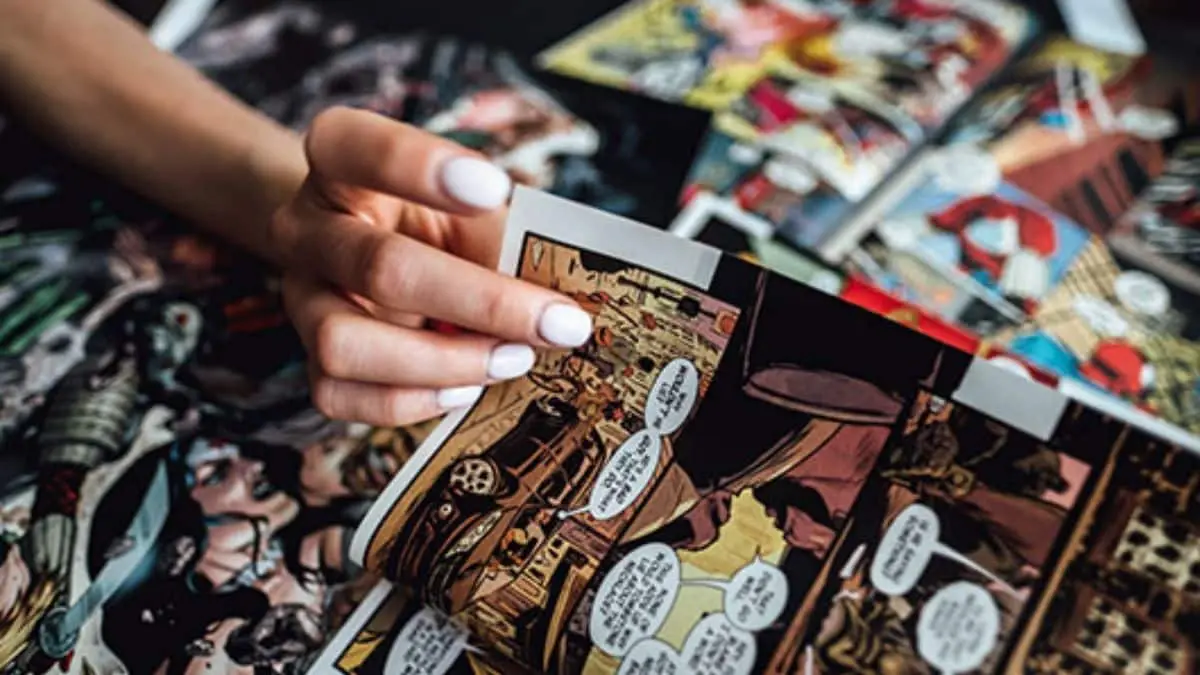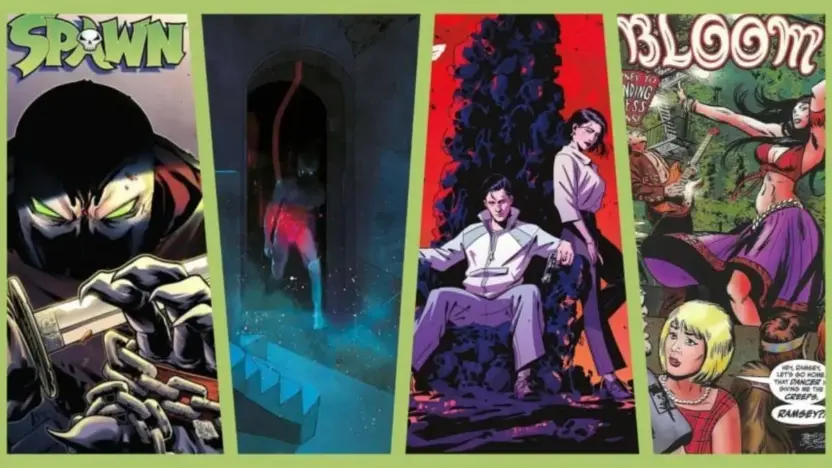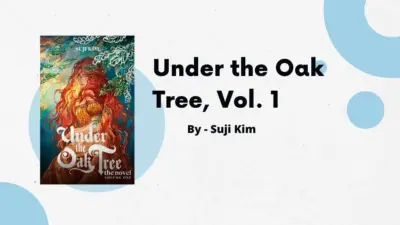When we think of comic books, names like Marvel and DC Comics often take center stage. Superheroes like Spider-Man, Batman, and Wonder Woman have become iconic, dominating blockbuster movies and pop culture for decades. But beyond these giants lies a vibrant, innovative, and passionate world: indie comics. They might not always steal the spotlight, but indie comics are, without a doubt, the beating heart of the comic book industry.
A Platform for Unfiltered Creativity
One of the most compelling reasons indie comics are so important is the creative freedom they offer. Unlike mainstream publishers, which often operate under corporate guidelines and strict deadlines, indie creators are free to tell the stories they want, in the way they want. There are no editorial mandates or limits on content. This freedom leads to raw, experimental storytelling that you won’t find anywhere else.
Indie comics have given us groundbreaking works like Saga by Brian K. Vaughan and Fiona Staples, Maus by Art Spiegelman, and The Walking Dead by Robert Kirkman. These titles push boundaries, explore mature themes, and offer unique perspectives that mainstream comics sometimes shy away from.
Creators can experiment with art styles, narrative structures, and themes that wouldn’t fit into the superhero-dominated mainstream. Want a heart-wrenching autobiographical story? Check. A futuristic dystopia about society’s collapse? Done. A surreal fantasy about cats who rule kingdoms? Indie comics have you covered.
Diverse Voices and Stories
Representation matters, and indie comics excel at amplifying voices that have often been overlooked. While mainstream comics have made strides in diversity, indie creators have long been pioneers in telling stories from marginalized perspectives.
Indie comics provide platforms for BIPOC creators, LGBTQ+ writers, and artists from all walks of life. These creators bring their lived experiences to the page, creating stories that resonate deeply with readers who finally see themselves represented in meaningful ways.
For example, Bingo Love by Tee Franklin tells a heartwarming and heartbreaking love story between two women of color. March by John Lewis chronicles the life of the civil rights icon and his fight for justice. Indie comics aren’t afraid to explore identity, inequality, mental health, and other topics that reflect the real world.
These stories don’t just add variety; they make the industry richer, more inclusive, and more reflective of its diverse audience.

A Breeding Ground for New Talent
Every great artist and writer had to start somewhere, and for many, indie comics are their launching pad. The indie scene allows new voices to showcase their work without the barriers of large publishers. Aspiring writers, illustrators, and letterers can self-publish their comics, crowdfund their projects, or release their work digitally.
It’s no surprise that some of the biggest names in comics started in the indie scene. Creators like Jeff Lemire (Sweet Tooth, Essex County) and Ed Brubaker (Criminal, Fatale) made their mark in indie comics before becoming legends. These creators honed their craft on smaller projects, where they could take risks and experiment, before catching the attention of larger publishers.
Indie comics offer a proving ground where passion and talent matter more than a big name. Readers often get to experience raw talent in its purest form—and what’s better than finding the next big creator before everyone else does?
The Power of Crowdfunding and Community
The rise of crowdfunding platforms like Kickstarter, Indiegogo, and Patreon has revolutionized the indie comic industry. In the past, publishing an indie comic often required financial backing that most creators simply didn’t have. Now, crowdfunding allows creators to bring their visions to life directly with the support of their audience.
This direct connection between creators and readers is incredibly powerful. Fans become investors, offering financial support in exchange for exclusive rewards like signed copies, original art, or behind-the-scenes content. This model creates a sense of community and ownership, where readers feel personally connected to the comics they help bring to life.
Creators like Spike Trotman, who runs Iron Circus Comics, have successfully funded and published dozens of indie comics through crowdfunding. This approach empowers creators to stay independent, make a living off their work, and publish stories that might not have been greenlit by traditional publishers.
Unique Art Styles and Storytelling
While mainstream comics often stick to familiar, polished art styles, indie comics thrive on visual diversity. From minimalist black-and-white sketches to vividly detailed illustrations, indie comics celebrate the sheer range of artistic expression.
Indie artists aren’t bound by formulaic designs or commercial expectations. Instead, they let their creativity shine through every page. Whether it’s the haunting visuals of Emily Carroll’s Through the Woods or the rough, emotional linework of Craig Thompson’s Blankets, indie comics prove that art can be just as vital as the story itself.
The storytelling also differs in refreshing ways. Indie comics often prioritize personal, introspective, or unconventional narratives over fast-paced action. Readers are treated to intimate character-driven stories that linger long after the final panel.
Breaking Genres and Defying Expectations
If you think comics are just superheroes, think again. Indie comics thrive on genre diversity, breaking boundaries and redefining what a comic book can be. Sci-fi, horror, romance, fantasy, slice-of-life, memoir—you name it, indie comics have done it.
In fact, indie comics are often where genre-bending stories find their home. A perfect example is Black Hammer by Jeff Lemire, a superhero story that flips the genre on its head with character-driven drama and existential exploration. Titles like Monstress by Marjorie Liu and Sana Takeda combine fantasy and steampunk with stunning art and complex themes.
Indie comics also don’t shy away from taboo subjects or unconventional narratives. They tackle real-world issues like politics, social justice, and mental illness without pulling punches. The result? Stories that feel bold, relevant, and deeply human.

A Relationship Between Art and Readers
At their core, indie comics foster a unique relationship between creators and readers. Unlike big franchises where fans can feel like just another number, indie creators often interact directly with their audience through social media, conventions, and crowdfunding updates.
Readers get a front-row seat to the creative process, seeing projects evolve from concept to completion. This transparency and accessibility create a special bond—one where readers genuinely care about the success of the comics and creators they support.
For creators, the relationship is just as rewarding. Indie comics often represent personal, heartfelt work that connects with readers on an emotional level. It’s this intimacy that makes indie comics so powerful and impactful.
Indie Comics Are the Future
While mainstream publishers will always have their place, indie comics represent the future of the comic book industry. They are a constant source of innovation, diversity, and creativity, proving time and time again that comics are a medium for everyone.
Indie comics inspire new generations of creators and readers to see the possibilities of the art form. They remind us that storytelling isn’t about budgets, marketing, or movie deals—it’s about connection, creativity, and passion.
If you haven’t already explored indie comics, now is the perfect time. Pick up a self-published zine at your local comic shop, back a crowdfunded project online, or dive into titles like Saga, Monstress, or Bingo Love. You might just discover your next favorite story—and in doing so, support the creators who make the comic industry a better, more exciting place.
Indie comics are the heart of the industry because they represent what comics should be: bold, diverse, and unapologetically creative.
Also Read: The Role of Mythology in Comic Book Universes


